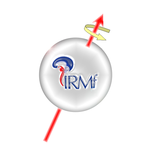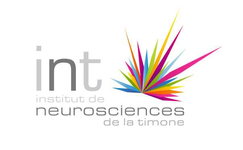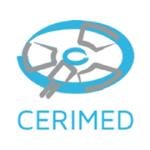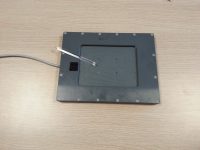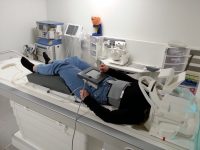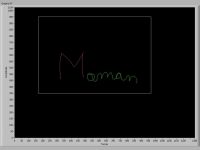Présentation of the graphic tablet
The MRI Centre has developed a prototype of a graphic tablet for the study of writing processes in fMRI protocols over the past few years.
Based on the use of a resistive “touch panel” and a USB controller, the solution developed makes it possible to record (and, if necessary, broadcast in real time to the subject his own writing) the graphical plot at a rate of 100 Hz.
The touch panel was encapsulated in a PVC support designed by INT’s S-PrIME department. A PVC or Plexiglas stylus allows the writing task to be carried out in a way that is completely compatible with the environment of the magnet. The touch panel is connected to a special filter box on the filter plate (PPF). The USB controller, placed in the instrumentation room, recovers the signal from the resistive sensor and converts it into a “USB mouse” type protocol.
A specific driver allows all calibration steps to be carried out. In addition, we have been able to develop many specific modules, dedicated to training, acquisition, backup … Each module, developed in the LabVIEW environment is completely integrated into our software library.
Illustrations
Some non-exhaustive photos
The video example below illustrates the richness of the data backup format (based on the Wacom tablet export format) that we have implemented. The format allows you to encode the moments when the pen is pressed on the tablet. Thus, it is possible to segment the plot (here, each color represents a segment during which the pen does not leave the tablet.
Some bibliographical references
The graphics tablet has been used successfully in several studies. It is clearly one of the MRI Centre’s reference tools in terms of behavioural and cognitive data collection.
- Functional Specificity in the Motor System: Evidence From Coupled fMRI and Kinematic Recordings During Letter and Digit Writing. Longcamp et al., 2014
- The impact of spelling regularity on handwriting production: A coupled fMRI and kinematics study. Palmis et al. 2018
